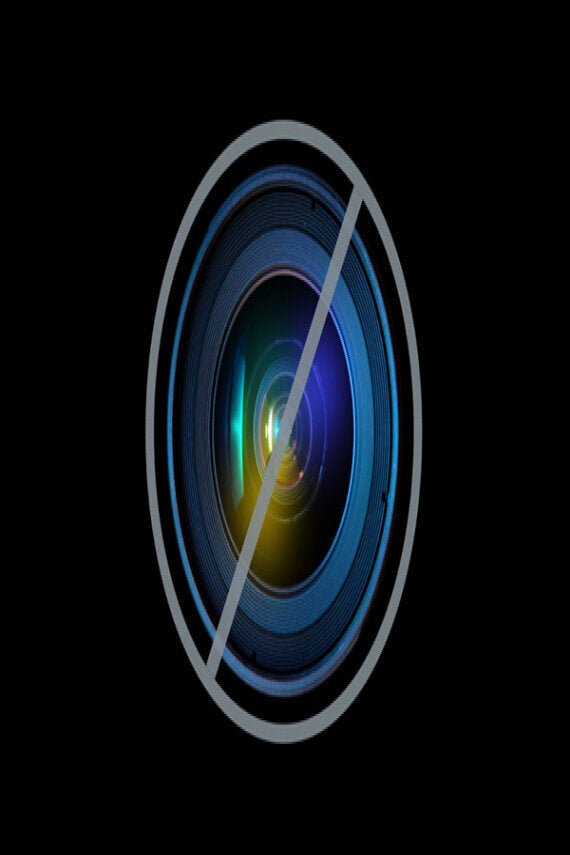Excitement is growing among astronomers that a comet predicted to graze the surface of the Sun later in 2013 could be the 'comet of the century'.
According to current predictions, Comet Ison should become visible by late November - and if conditions are right could even outshine the Moon.
The comet was discovered by two Russian astronomers in September last year. Vitali Nevski and Artyom Novichonok used a 15.7 inch reflecting telescope at the International Scientific Optical Network to locate it, creating an almost immediate stir.
When they found Ison - aka C/2012 S1 - it was as far away as Jupiter, more than 625 million miles from Earth - but it is currently heading almost straight towards the Sun. According to some reports it is following a similar path to the great comet of 1680, viewed by Newton.
By 28 November it will be within 732,000 miles of its surface, at which point it could shine incredibly brightly, as seen from the Earth.
The reason is that the closer a comet comes to the Sun, the more the gas and dust inside it heats up and starts to burst free of its icy surface. This creates a light-reflecting 'coma', or halo, which is incredibly bright and relatively large in the sky.

Above: The first view of Ison, taken in September 2012
So how bright will it be?
According to some astronomers, chances are it could be very bright indeed. Astronomer Guy Ottewell wrote in his 2013 calendar that "we have it reaching -12.6, the brightness of the full moon!"
By this prediction, as Ison burns up it should create a short silvery tail, visible with the naked eye by covering the Sun with a hand. It could be visible as soon August, when it will be 200 million miles from the Sun. It could even be viewable during the day time - a spectacular scenario.
Space.com calls this scenario the "view of a lifetime", and Time magazine said it could make "the term 'dream comet'... an understatement".
But armchair astronomers should be warned - this is by no means a sure thing.
Writing at the Guardian, Stuart Clark notes that many comets have proven to be disappointments in the past.
Many comets break up when they reach the Sun, unable to cope with the extreme heat of its surface. Others simply fail to fire up, such as Comet Kohoutek which was also named "comet of the century" in 1972 before promptly failing to dazzle the expectant astronomers.
Ison will pass by the Sun ten times closer than Comet Kohoutek, and there is a good chance it could break up too.
Still, for now the signs are exciting.
The most recent observations made between 24 and 28 December show that it will be passing by the Sun at 425,000 mph and just about its surface on November 28 - on course for a spectacular lightshow.
